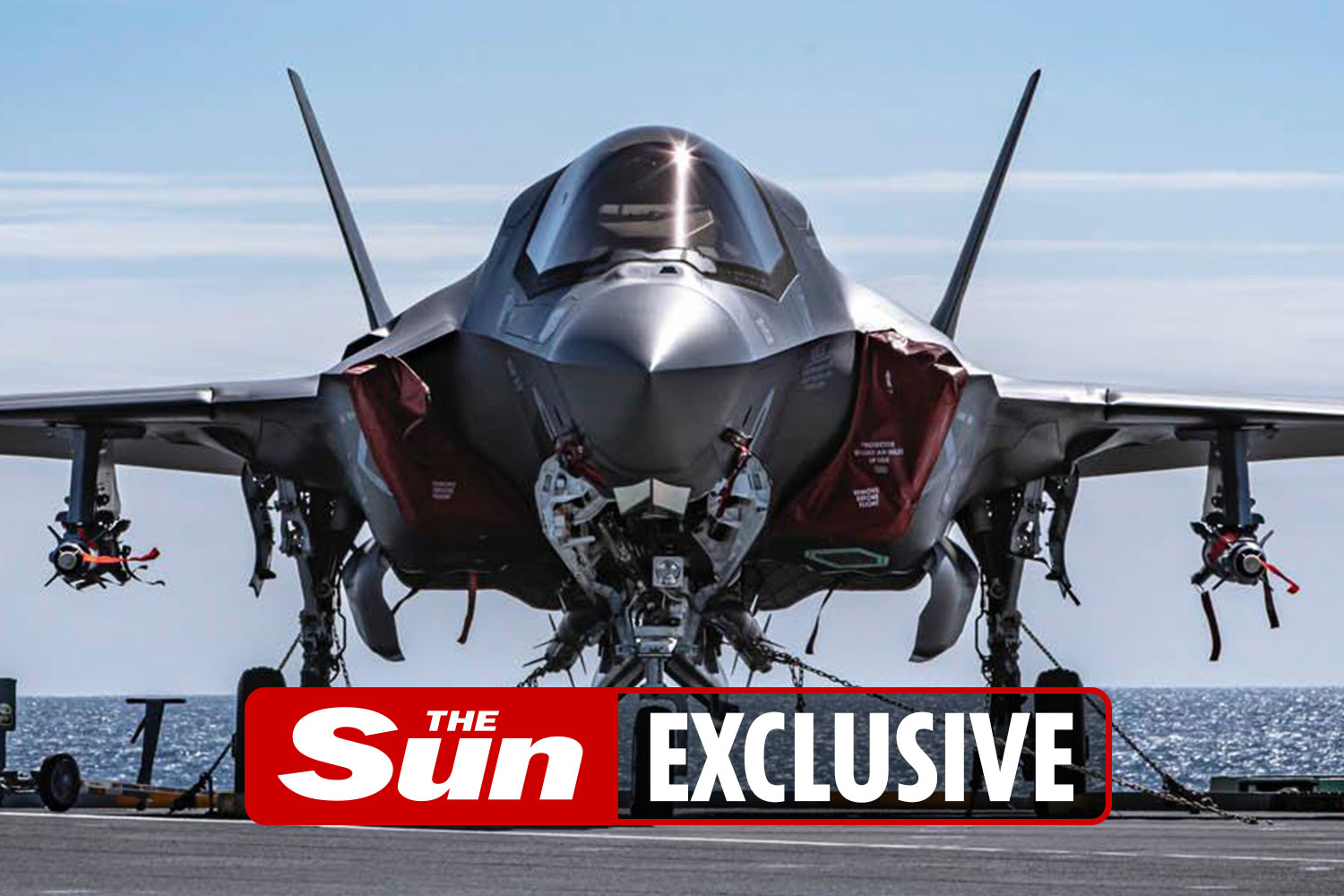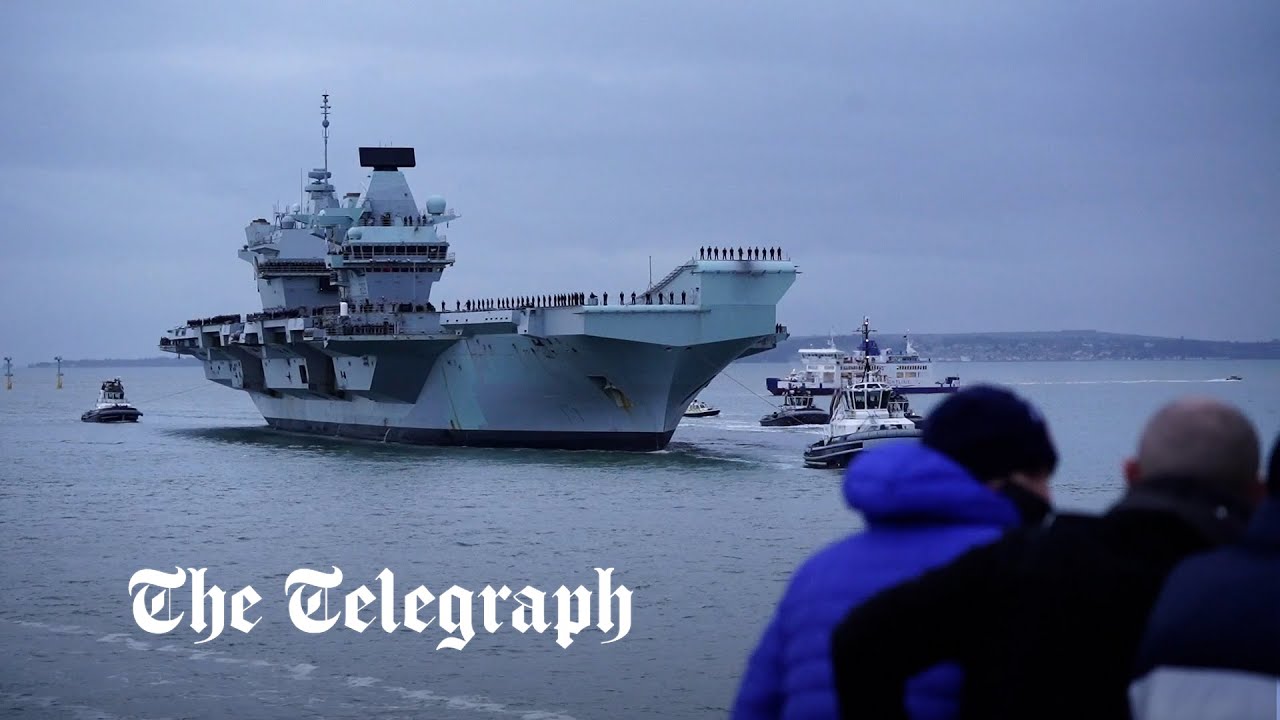- Joined
- 29 September 2006
- Messages
- 1,794
- Reaction score
- 1,360
That's all I've heard mentioned.If the RN went with a catapult, are they considering the electromagnet type ?
That's all I've heard mentioned.If the RN went with a catapult, are they considering the electromagnet type ?
If I understand the concept correctly, the track could go straight up the ramp then ---That's all I've heard mentioned.If the RN went with a catapult, are they considering the electromagnet type ?
in the article linked above it saysIf the RN went with a catapult, are they considering the electromagnet type ?
I'm not so sure about that. There will still be some kind of shuttle that goes down the track, and must maintain a certain separation from the upper and lower inner surfaces of the track. This could be a problem on the curved ramp section, and then there will be the issues of additional vertical stresses on the track in that section, and well as stresses in the shuttle decelleration section which will either have to be short of the hump to give space to lessen those stresses, or on the hump. The latter, I think would need a lot of overengineering, and prove problematic to deal with on operations.If I understand the concept correctly, the track could go straight up the ramp then ---That's all I've heard mentioned.If the RN went with a catapult, are they considering the electromagnet type ?
View: https://www.reddit.com/r/WarshipPorn/comments/oettgs/hms_queen_elizabeth_in_the_suez_canal_3276x2184/
View: https://www.reddit.com/r/WarshipPorn/comments/oetx4l/hms_queen_elisabeth_in_the_suez_canal_3276_x_2184/
Prior to that:
View: https://www.reddit.com/r/WarshipPorn/comments/oej220/hms_queen_elizabeth_r08_at_cyprus_2028974/

I'm for it, though we should leave a "CVF" reference in the new title to reflect this thread's origins.Moderator note:
Should we already change this thread tittle to "RN QE aircraft carrier class" or something similar?.
The program status is "today" not "future" since QE was comissioned in late 2017...
It seems HMS Diamond is currently out of action, possibly due to a WR-21 failure.
https://www.navylookout.com/hms-dia..._ZMC8Y19zQ91jVVRPcwfay13AYicFsaH72VqjtC5i9LSw
A turbine replacement in itself isn't much to worry about, but posting due to the update on the Power Improvement Package at the link. Progress seems to be slower than planned. The PGMU programme for the T23s seems to be even slower progress at present.
And it does reveal that for all the current PR of having two carriers at sea at once (QE now East of Suez and PoW West of Gib), that the escorting fleet is spread very thin with not much cover for unforeseen events.
Only one of Royal Navy's flagship destroyers is operational, ministers admit
Only one of the Royal Navy’s Type 45 destroyers is operational, ministers have admitted.
HMS Defender, recently at the centre of a diplomatic row with Russia following a voyage off the Crimean peninsula, is the only vessel of the class without an issue.
The other five Type 45s all need work, either planned or due to problems developed while at sea.
Tobias Ellwood MP, chairman of the Commons Defence Committee, suggested the situation was “operationally unacceptable”.
Both Defender and HMS Diamond were part of the carrier strike group (CSG), the UK’s attempt to demonstrate its naval power around the world.
But Jeremy Quin, the Defence Procurement Minister, said HMS Diamond had experienced “some technical issues” and was having maintenance, inspection and “defect rectification”.
HMS Daring and HMS Duncan are having planned “deep maintenance”, while HMS Dauntless has been upgraded and is due to return to sea for trials this year.
HMS Dragon is undergoing “planned maintenance” in advance of further operational commitments.
Mr Quin told MPs on the committee: “We have two Type 45s embarked with the CSG, Diamond has got current issues but I hope they will be able to be rectified shortly.”
Mr Ellwood said: “HMS Defender is now our only current operational Type 45.
“If that ship experiences propulsion problems as we have seen across the Type 45 family, then our carrier group would have to be forced to lean on a Nato ally to ensure that we have destroyer protection.
“That really indicates - bottom line - we need a bigger navy.”
Only one of Royal Navy's flagship destroyers is operational, ministers admit
Concerns raised after it emerges five of six Type 45 vessels out of actionwww.telegraph.co.uk

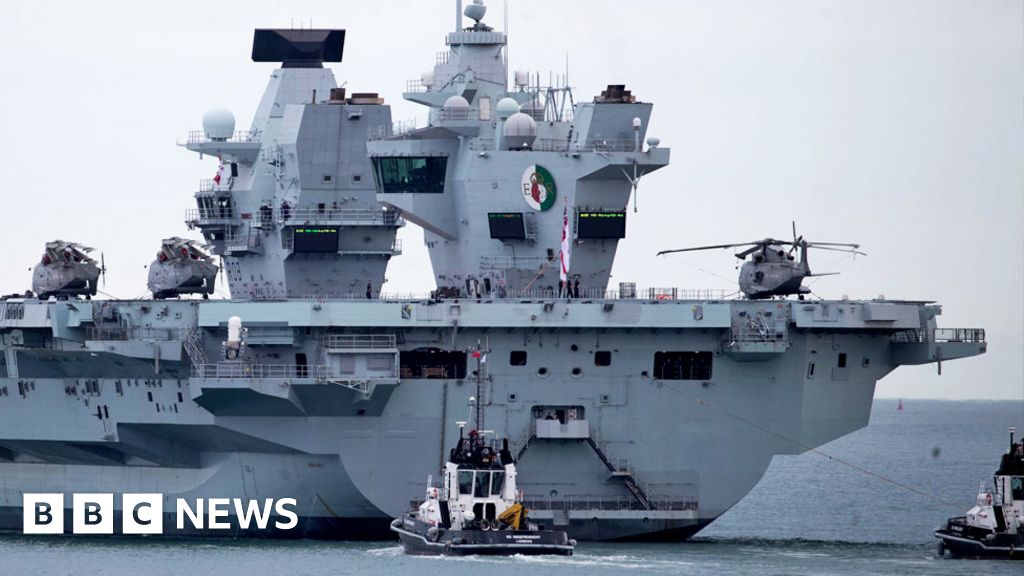
View: https://twitter.com/HMSQNLZ/status/1421051831321391105

British And Chinese Aircraft Carriers Both Underway In The Tense South China Sea (Updated)
The British flagship, HMS Queen Elizabeth, has entered the South China Sea for the first time.www.thedrive.com

'Obey the rules' Beijing warns UK as Royal Navy enters disputed South China Sea
China claims parts of the disputed waters as its own despite an international court ruling to the contrarywww.telegraph.co.uk
On Saturday, officials from Japan, Britain and the United States welcomed the carrier at a dock at the U.S. Navy’s Yokosuka base. The Royal Navy band on board responded by performing music with bagpipes.
The port call by the carrier strike group is said to be the largest in the history of Japan-Britain relations, according to the British government.
British Ambassador to Japan Julia Longbottom emphasized the significance of its visit, saying, “We believe this visit marks the elevation of our defense and security relationship to a new level.”
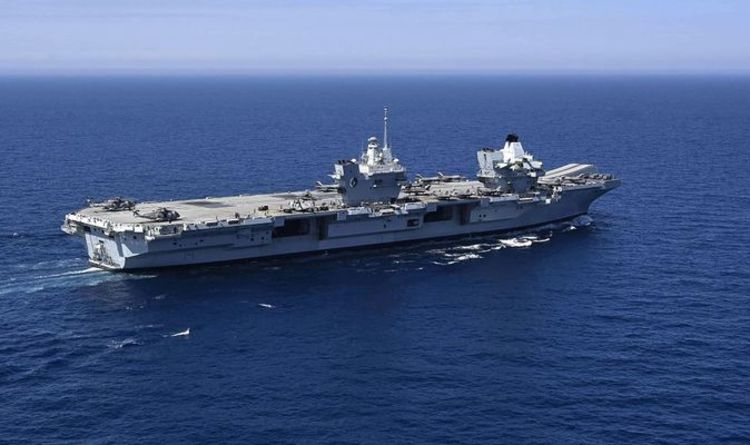
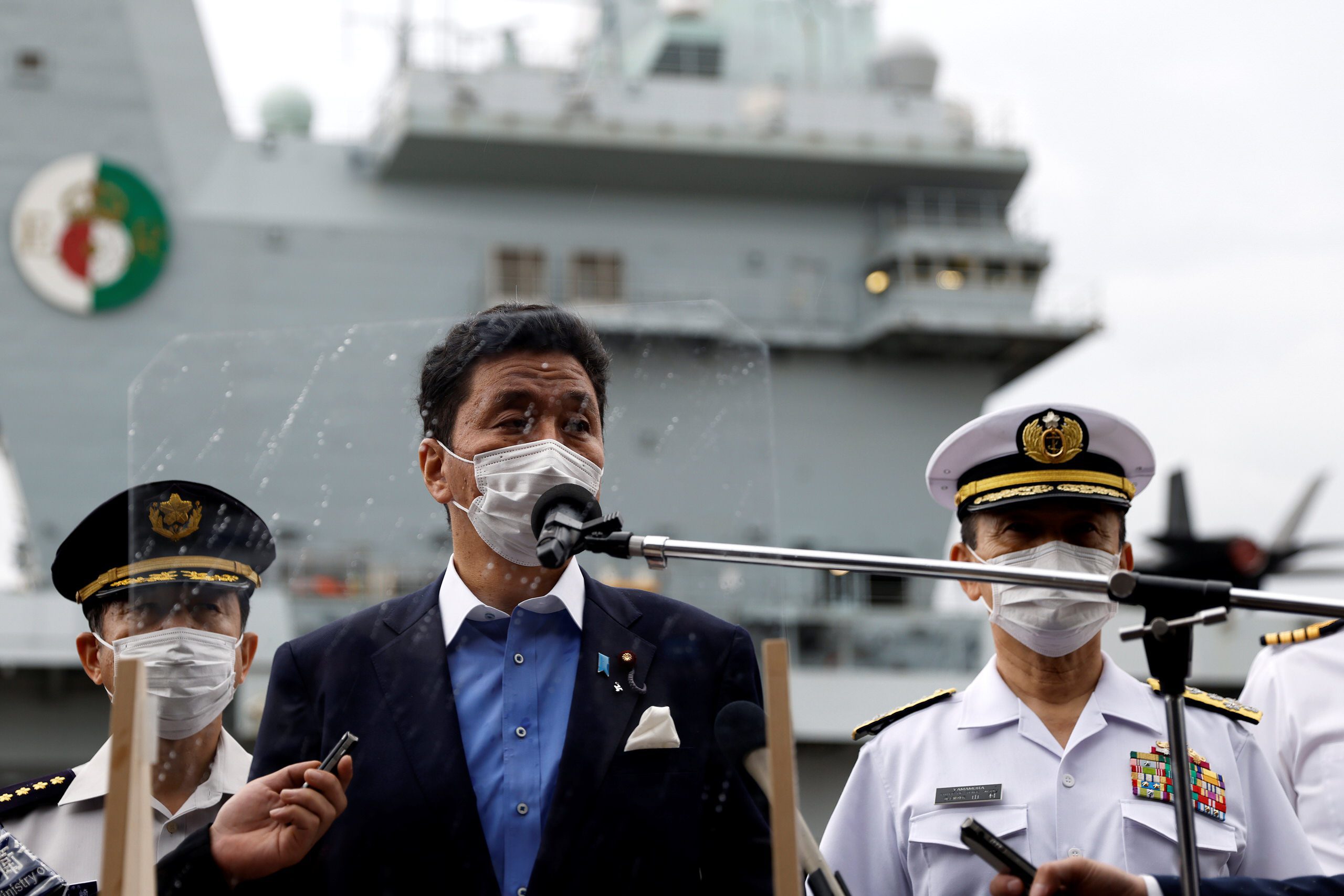
 gcaptain.com
gcaptain.com
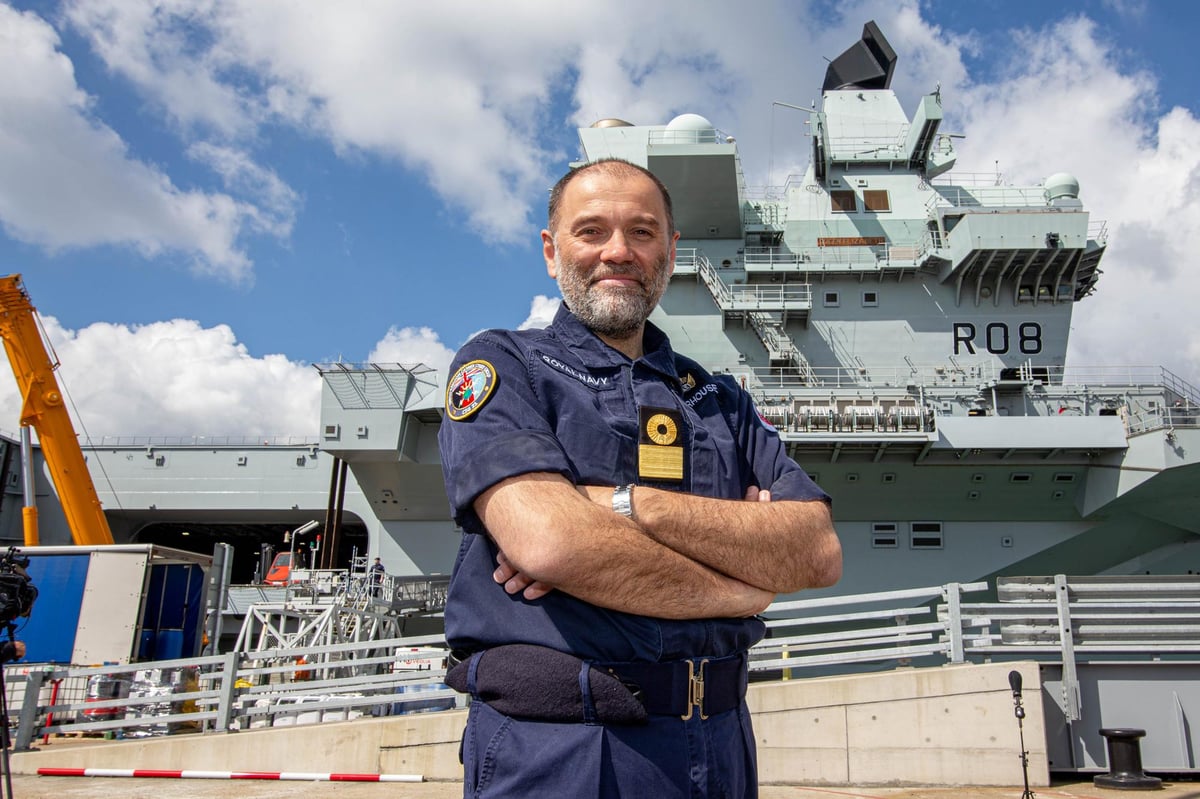
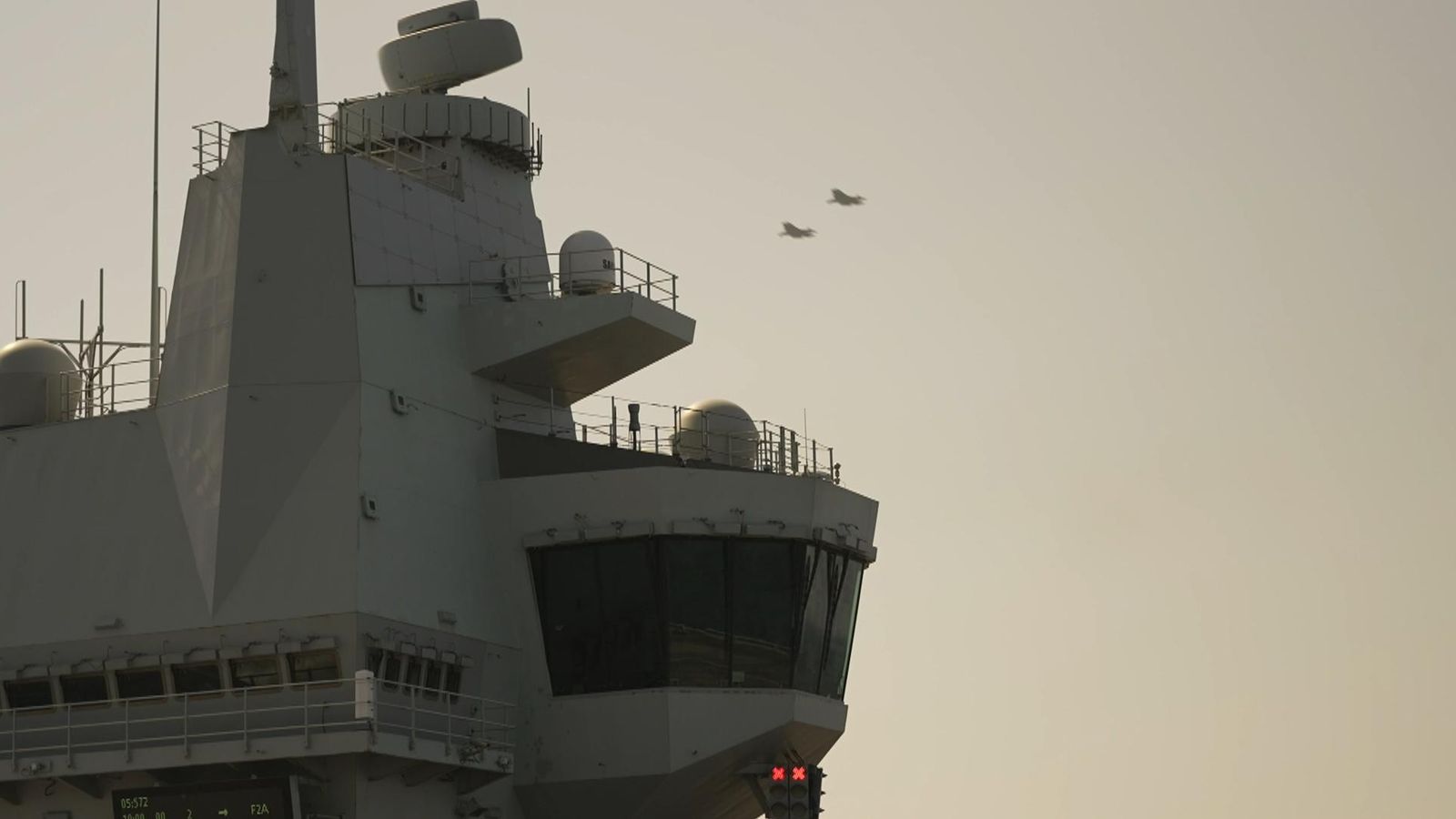
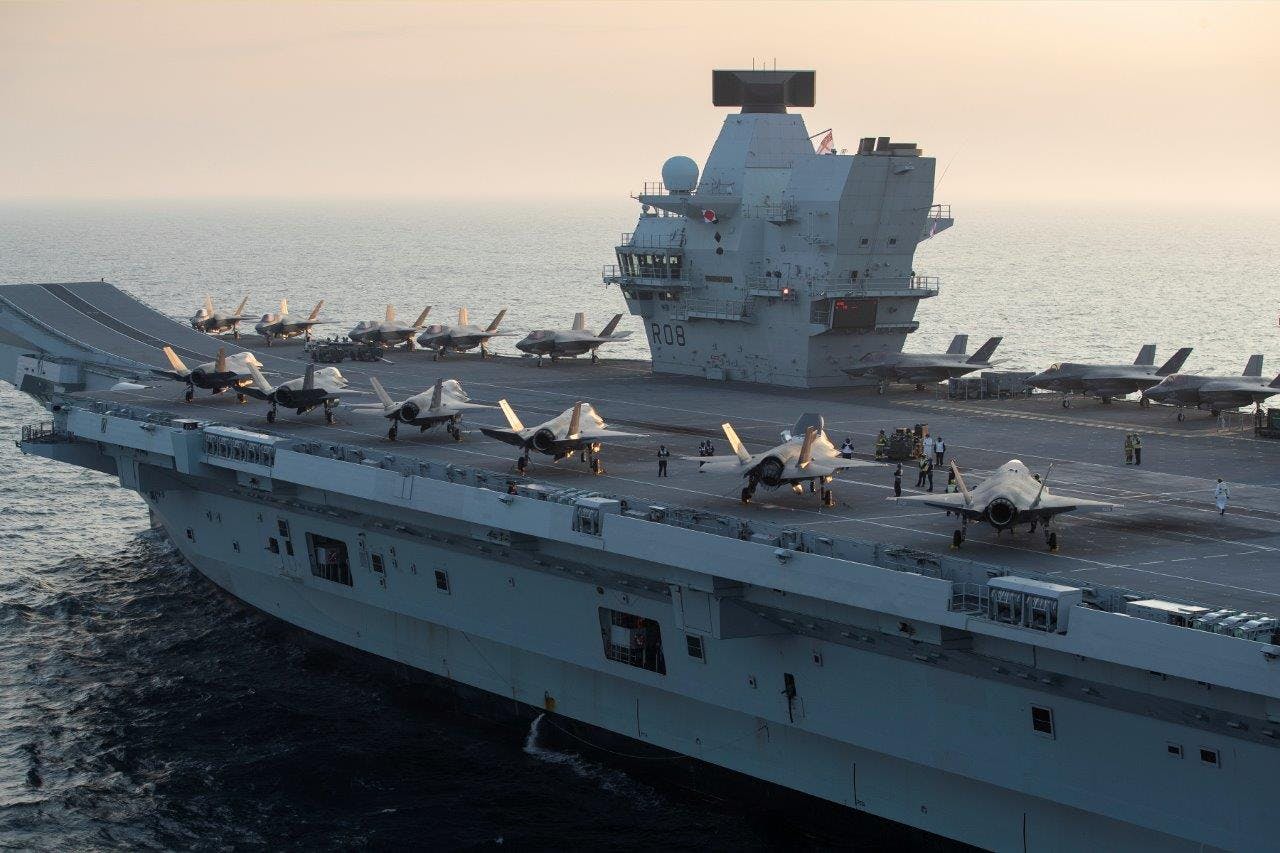
 ukdefencejournal.org.uk
ukdefencejournal.org.uk
